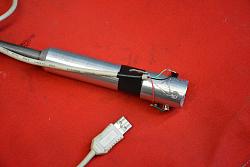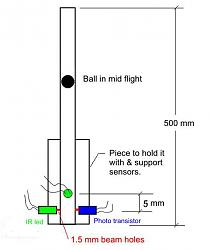Good idea but I just balanced the wire wheels. I made a simple jig and use short self tappers to counter balance a bit like the way they used to do car wheels.
Stopped nearly all the vibration which used to drive me crazy. Nice work you have done there. Cheers Stuart, Australia.


 LinkBack URL
LinkBack URL About LinkBacks
About LinkBacks


 Reply With Quote
Reply With Quote




Bookmarks